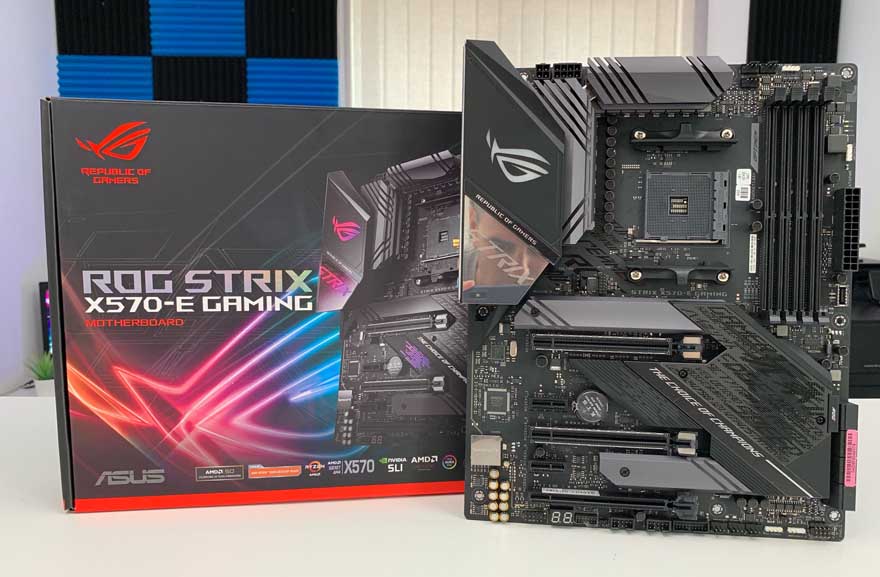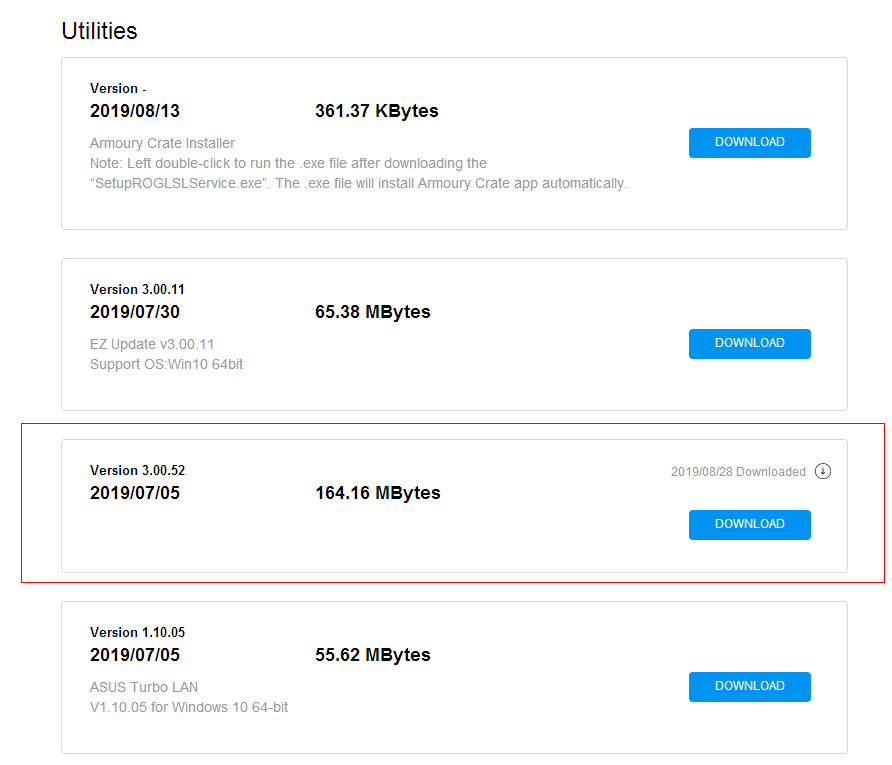
Here all the fan and pump headers are able to be controlled along with access to Q-Fan for additional control over system headers.īoot and Tool we will leave alone they are self-explanatory with nothing out of the ordinary found inside. The monitoring section does just that, displaying information about the system temperatures and fan speeds. This is also the location of AMD’s overclocking section which is injected into each BIOS.

The Advanced section is where users configure the CPU, SATA, onboard device, APM, USB, Network stack, NVMe, and HDD/SSD configurations. Most of the simple functionality is on the first page and users don’t have to dig around too deep to find everything needed to overclock or tweak the system. Within this section is where DOCP is enabled, BCLK and CPU ratio can be adjusted, as well as digging into DRAM timings (of which there are several screens worth, more than 99% of people need), access to PBO functions and Digi+ power control. The Extreme Tweaker section is where the overclocking and many adjustments will be made to the CPU and memory. I also have the Asus ROG Strix X570-E board where if DOCP is set the PCH fan. Smart Fan 5 is an awesome cooling technology you can find on our motherboards that uses hardware and software components to keep our systems cool and quiet to match our preferences. Here is also where you will set the system language, date and time as well as BIOS security. Industrial-grade 2000 RPM PWM Noctua radiator fans and software control via.

The Main section details information about the UEFI version and CPU information. On the right side is system monitoring information, including CPU, Memory and voltage details.

These headings include My Favorites, Main, Extreme Tweaker, Advanced, Monitor, Boot, Tool and Exit. Advanced Mode continues the same red/dark grey ROG theme and adds headings across the top for each section.


 0 kommentar(er)
0 kommentar(er)
